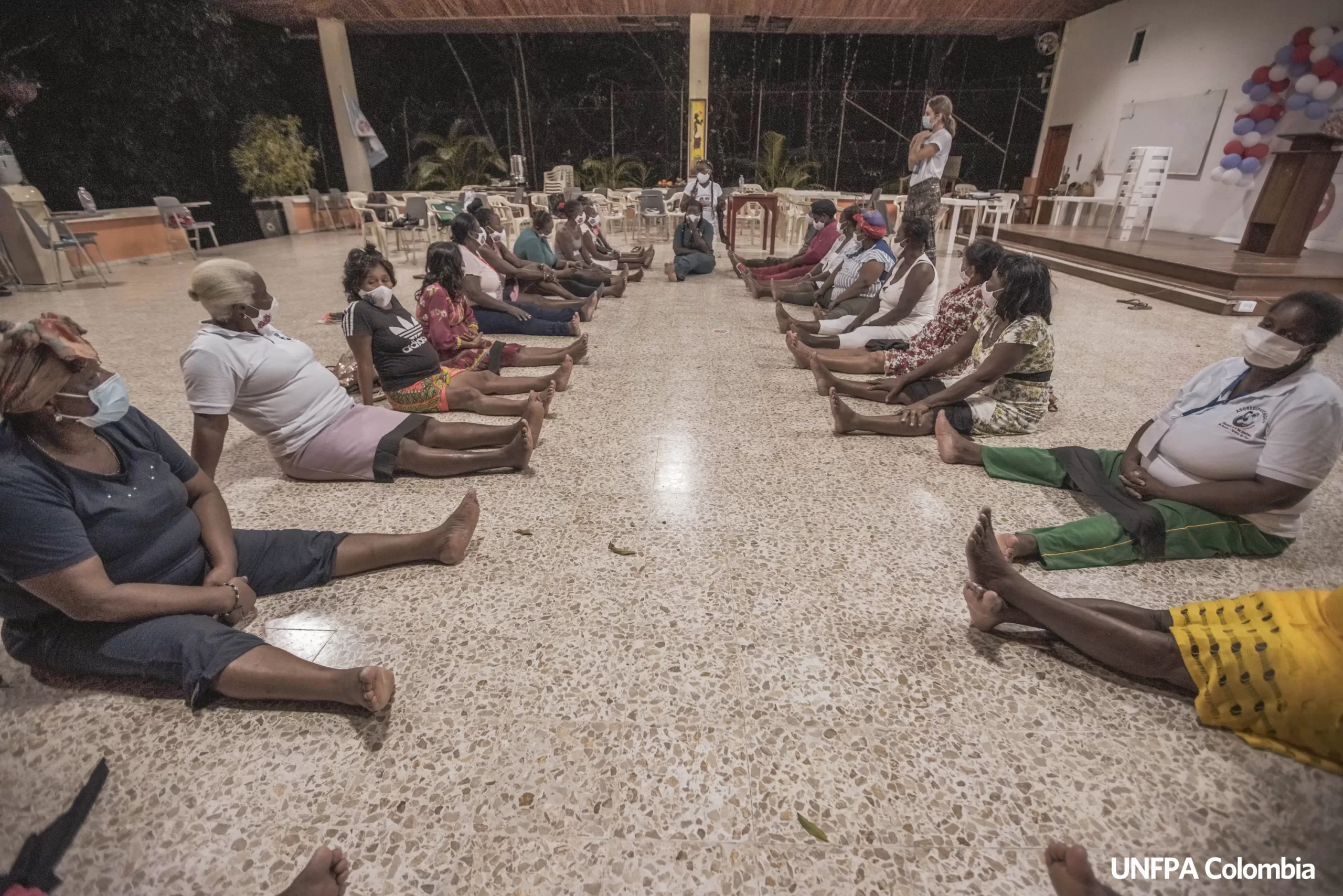Sineli Santos/Reform Agency
martes, 18 april 2023 | 06:58
Mexico City.- It is possible to connect your body, mind and even your spirit with yoga.
The origin of this ancestral discipline is still unknown, since some authors assure that this practice comes from the Indus Valley since the year 3000 BC and others that its first appearance was in the writings of the Vedas in 5000 BC
The point where both studies coincide is where yoga relates to the universe and the human body.
After all, the word yoga means to unite, connect and relate through postures and breathing.
Once the body comes into contact with this practice, a kind of mechanism is created that helps to maintain the physical balance, passing through the emotional plane and finally helps to transcend both factors.
“The human body can be compared to a coach. Any car, whether it’s a Rolls Royce or an old and rusty dog, needs five things to function properly: lubrication, a cooling system, electrical current, fuel and a driver sitting beside steering wheel”, explains Swami Vishnu-Devananda, founder of the Sivananda International Centers of Yoga Vedanta
The author of the book “Meditación y Mantras” also abounds in this comparison:
“In yoga, the postures lubricate the body, keep the muscles and joints in good working order, tone the internal organs and stimulate the circulation, without causing any fatigue. Complete relaxation refreshes the body, while yogic breathing increases it vital energy, electric current.
“The food, the water and the air we breathe provide us with the fuel. Finally, meditation quiets the mind, the driver of the body. By meditating, one learns to control and, ultimately, to transcend the body, which is its vehicle physical. Ya ven, pues, que aunque el yoga begins with the body, ends by transcending it”, he comments.
Why yoga?
– This ancestral practice provides a space for physical, emotional and even spiritual development.
– Allows to flow in a modern life that generates a high stress, illness that in turn causes the appearance of other evils.
– Provides emotional stability, which is affected by the chaotic world we live in.
– Allows you to relieve or cure body discomfort, so you can learn to listen to it.
– A balance in body weight is achieved because you become aware of what you eat.
– You change brain chemistry to improve your breathing and make your body move.
– Improves the functioning of your organs with proper postures and breathing.
– You can practice it at any age and even improve your mobility and quality of life by making yourself more flexible and giving you more physical and emotional strength.
– Improve your attitude towards life and your problems. You develop emotional tranquility and spiritual peace.
It’s a process
As one advances in the practice of yoga, deeper benefits are achieved:
– The improvement in body performance is based on yoga postures, which develop mobility, flexibility, strength and resistance.
– Inside, the cells are protected and aging returns.
– For the next level, enter meditation and breathing. Here the memory is strengthened and can increase the IQ.
– And finally you get to relaxation, where the heart rate and blood pressure are reduced going into calm.
The 8 steps of yoga
According to Yoga One, there are 8 steps that integrate a virtuous process with its subdivisions:
Yama
It refers to non-violence or non-harm. They are ethical rules of regulation to purify mind and personality.
– Ahimsã: to avoid violence in thought, word and action.
– Satya: this is the coherence between thoughts, words and actions in truth.
– Asteya: do not steal, in your broader understanding. Not only material properties, but also ideas.
– Brahmacharya: it is the containment and preservation of physical and emotional energy with the purpose of reaching something superior (Brahma).
– Aparigraha: do not accumulate, share what is not needed, including knowledge.
niyama
If it translates into self-purification, how to treat ourselves, it is also associated with codes of conduct.
– Saucha: work of mental, emotional and physical purification.
– Santosa: live with equanimity in the present, no matter what happens.
– Tapas: go through the difficulties with determination.
– Svãdhyãya: studio of constant and ecuánime self-observation, free of judgment.
– Isvara-Pra idhana: offering actions for a higher purpose than merely individual and material.
Asana
Set of postures that are interrelated to maintain the body with the vitality that is needed to harmonize.
pranayama
The vital energy that makes everything possible. This is a direct route, conscious, deep and complete breathing, which is, moreover, the driving thread.
Pratyãhãra
Sharpen the functions of the senses.
Dhãranã
The fixation of the mind on an object without interruptions. Full concentration.
Dhyana
Total absorption in the object on which we meditate: the mind takes the form of that object, turns to that object that is contemplated.
samadhi
This is the lighting status. The summit of meditation.


